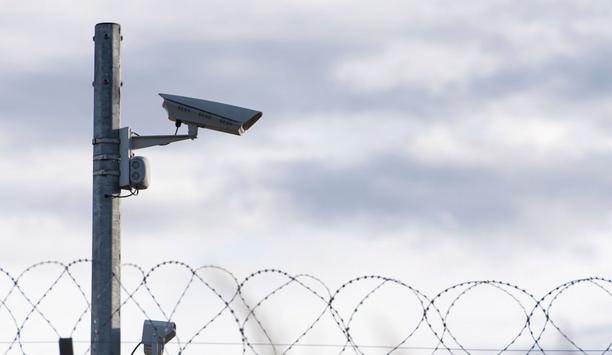 |
| Conway has been producing pan and tilts longer than any other current UK provider |
UK-based CCTV manufacturer Conway Security Products has updated its flagship pan and tilt to include features that facilitate the unit being supplied for installation directly onto legacy systems.
Pan and tilts have a heritage going back to the 1970s and remains a cornerstone of applications where limited lens options mean domes cannot always provide suitable images. Locations such as prison perimeters, motorways, infrastructure sites and civic centres still demand the highest quality picture, often specified by government departments or consultants using Rotakin.
But image quality will be wasted if a pan and tilt cannot effectively track the target, whether this is a person or a vehicle. The C2090CR has a standard pan speed of 24°/second and an optional pan speed of 55°/second combined with an ability to rotate in excess of 360° without fouling cabling. The operator can thus manually track a target, concentrating only on the subject on screen and without having to consider whether the camera is going to reach an end-stop.
When the Conway pan and tilt is responding to an alarm action, it can reach the required position by travelling the shortest distance between two points. With standard pan and tilts, a small movement in the pan axis may mean the camera has to travel nearly full circle due to physical stops but continuous rotation models have no such restrictions.
Pan and tilts have been installed throughout the UK for three decades and the reliable design together with robust engineering associated with this product type mean there are currently many units approaching the end of their lifespan, a situation that presents a challenge for any on-site maintenance contractor.
When the Conway pan and tilt is responding to an alarm action, it can reach the required position by travelling the shortest distance between two points |
Engineering hours spent rewiring conduit and connectors to suit the legacy model of pan and tilt can prove expensive since there has never been an industry standard and permutations are legion. But clients who advise Conway of configuration and number of ways can benefit from a pre-wired, pre-configured solution that allows direct application in many environments and locations.
Conway has been producing pan and tilts longer than any other current UK provider and the experience and knowledge accrued is demonstrated in functionality and engineering quality. Manufactured from a combination of machined aluminium and stainless steel at Conway's headquarters in Buckinghamshire, the C2090CR is built to prove a workhorse in the most demanding applications.
Customers are welcome to visit Conway's factory to see first-hand the processes that go into delivering the broad range of products available from one of the UK's most enduring manufacturers of CCTV equipment.


















